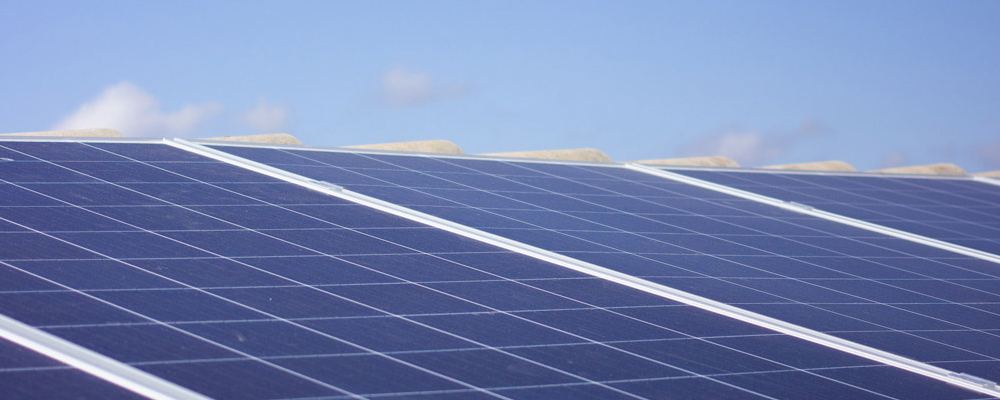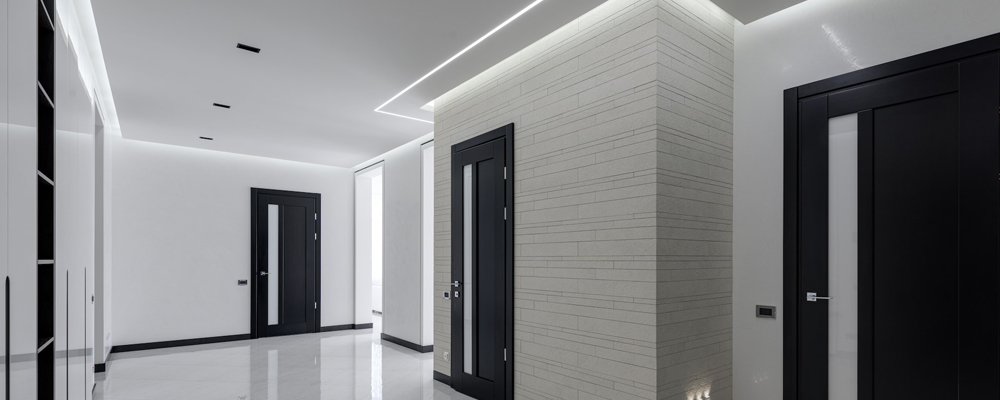
Solar panel installation offers numerous benefits, but here are three key advantages:
- Renewable and Clean Energy: Solar panels harness the power of sunlight to generate electricity. Sunlight is an abundant and renewable energy source, making solar energy an environmentally friendly alternative to fossil fuels. Solar power generation produces no greenhouse gas emissions or air pollutants, contributing to reduced carbon footprint and cleaner air quality. By installing solar panels, individuals and communities can actively participate in the transition to a sustainable energy future.
- Cost Savings and Energy Independence: Solar panels allow individuals and businesses to generate their own electricity, reducing dependence on traditional energy sources and utility providers. Once the solar panels are installed, the electricity they produce is essentially free, as sunlight is a free resource. Solar energy can significantly lower electricity bills, especially over the long term. Additionally, some governments offer incentives such as tax credits, grants, or net metering programs, further enhancing the financial benefits of solar panel installation.
- Increased Property Value and Durability: Installing solar panels can increase the value of a property. Solar-powered homes are attractive to environmentally conscious buyers, and studies have shown that homes equipped with solar panels sell faster and at higher prices than non-solar homes. Furthermore, solar panels have a long lifespan and require minimal maintenance. They are designed to withstand various weather conditions and have no moving parts, reducing the risk of breakdowns or mechanical failures. This durability ensures a reliable and consistent energy supply over many years.

LED (Light-Emitting Diode) lighting offers several benefits over traditional lighting technologies. Here are three key advantages of LED lighting:
- Energy Efficiency: LED lighting is highly energy-efficient compared to traditional lighting sources such as incandescent bulbs and fluorescent lights. LEDs convert a significantly higher percentage of electrical energy into light rather than heat, resulting in reduced energy consumption. This energy efficiency translates into lower electricity bills and a reduced carbon footprint. LED bulbs can save up to 75% more energy compared to incandescent bulbs, making them an environmentally friendly lighting option.
- Long Lifespan: LED lights have an exceptionally long lifespan compared to other lighting options. They can last up to 25 times longer than traditional incandescent bulbs and significantly longer than fluorescent lights. The extended lifespan of LEDs reduces the need for frequent replacements, which is particularly advantageous in commercial and industrial settings where lighting maintenance can be costly and time-consuming.
- Durability and Safety: LED lighting is highly durable and resilient. Unlike incandescent or fluorescent bulbs, LEDs are not made of fragile materials such as glass. They are constructed using solid-state components, making them resistant to shock, vibration, and external impacts. LED lights are also free from toxic materials like mercury, which are commonly found in fluorescent lights, making them safer for both the environment and human health. LED bulbs generate less heat during operation, reducing the risk of burns and fire hazards.
These benefits have contributed to the widespread adoption of LED lighting in various applications, including residential, commercial, and outdoor lighting, as well as in specialized areas such as automotive and architectural lighting.
